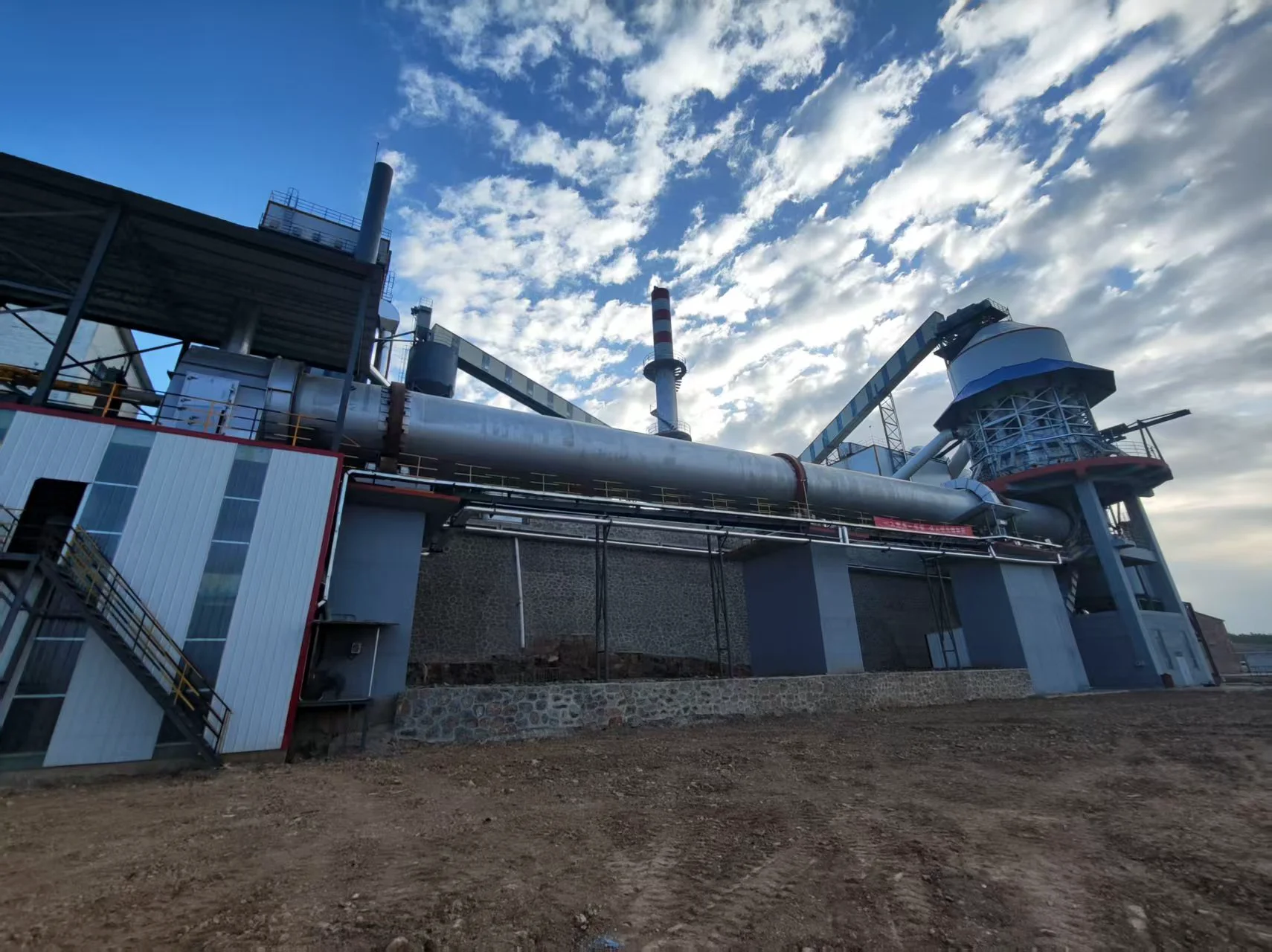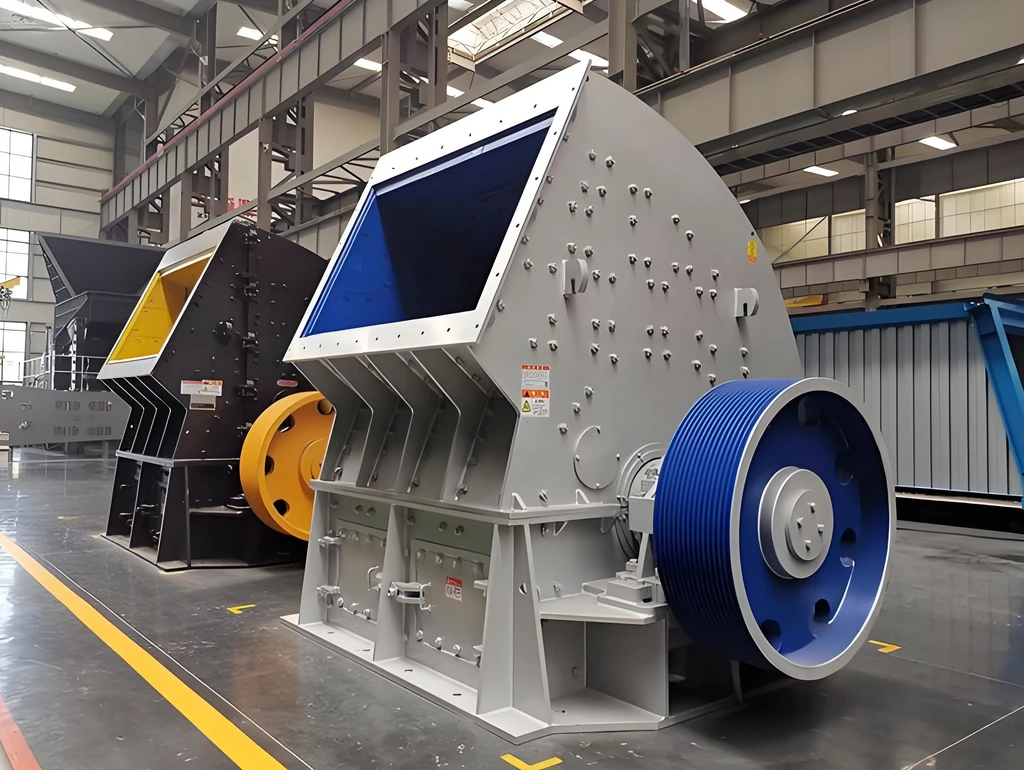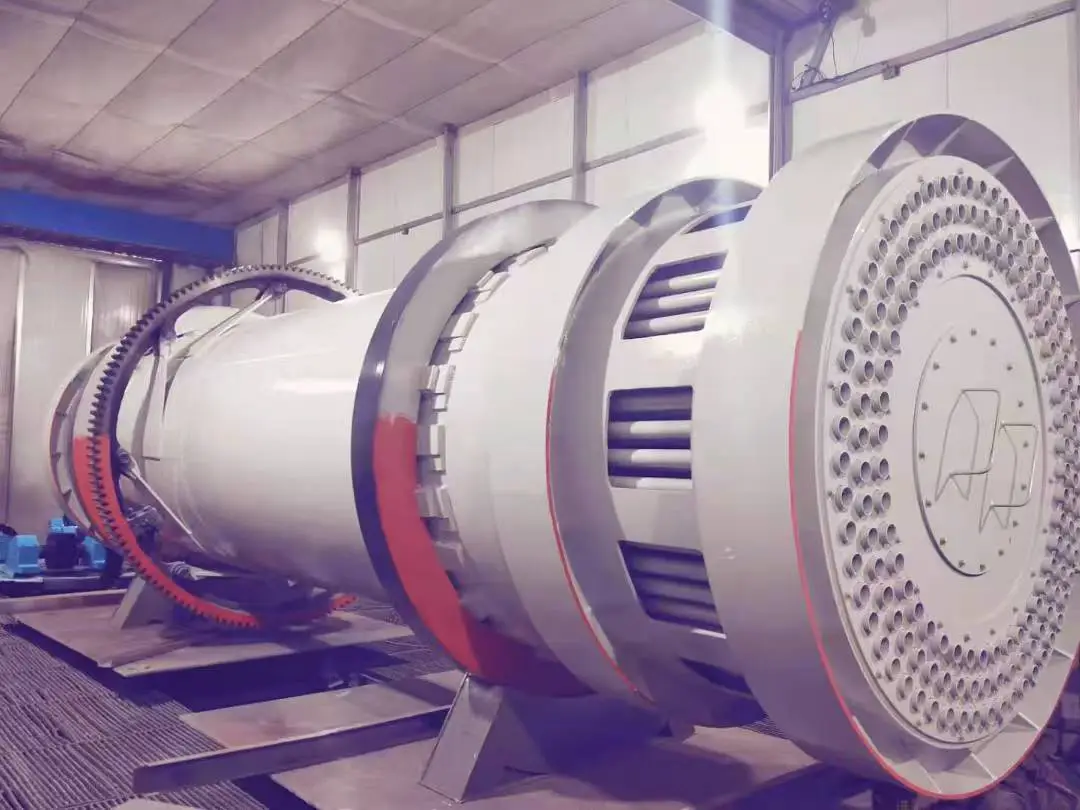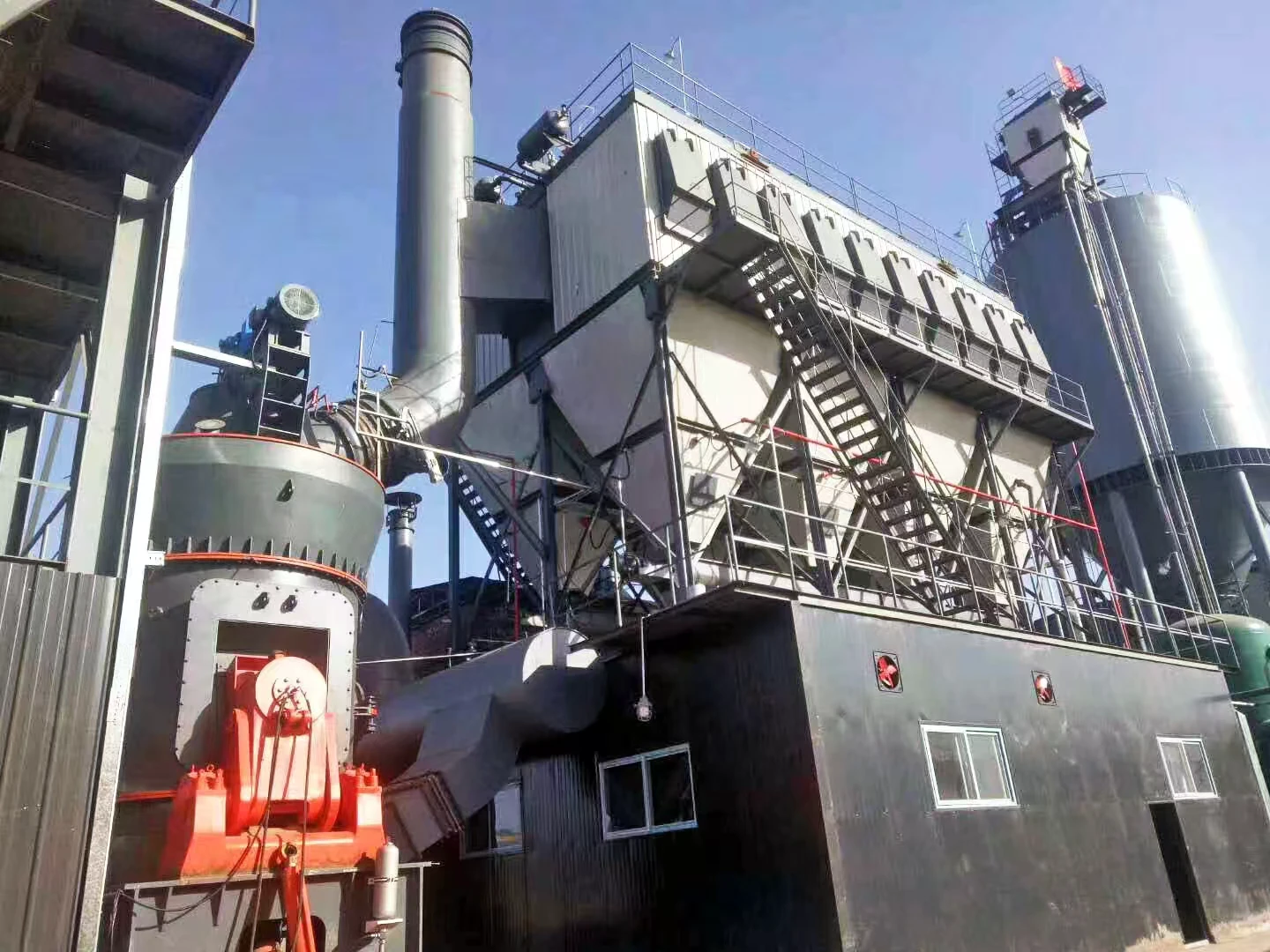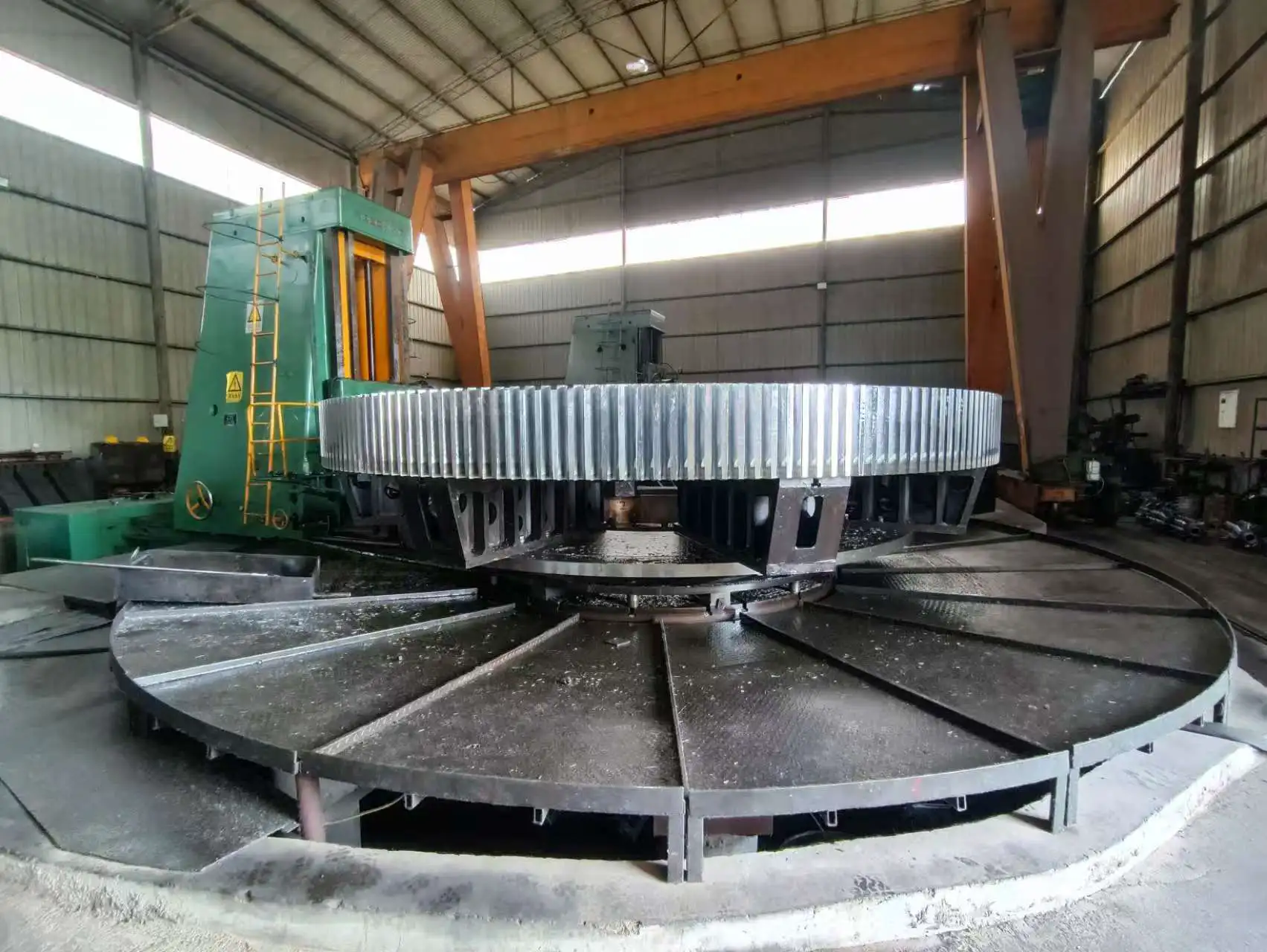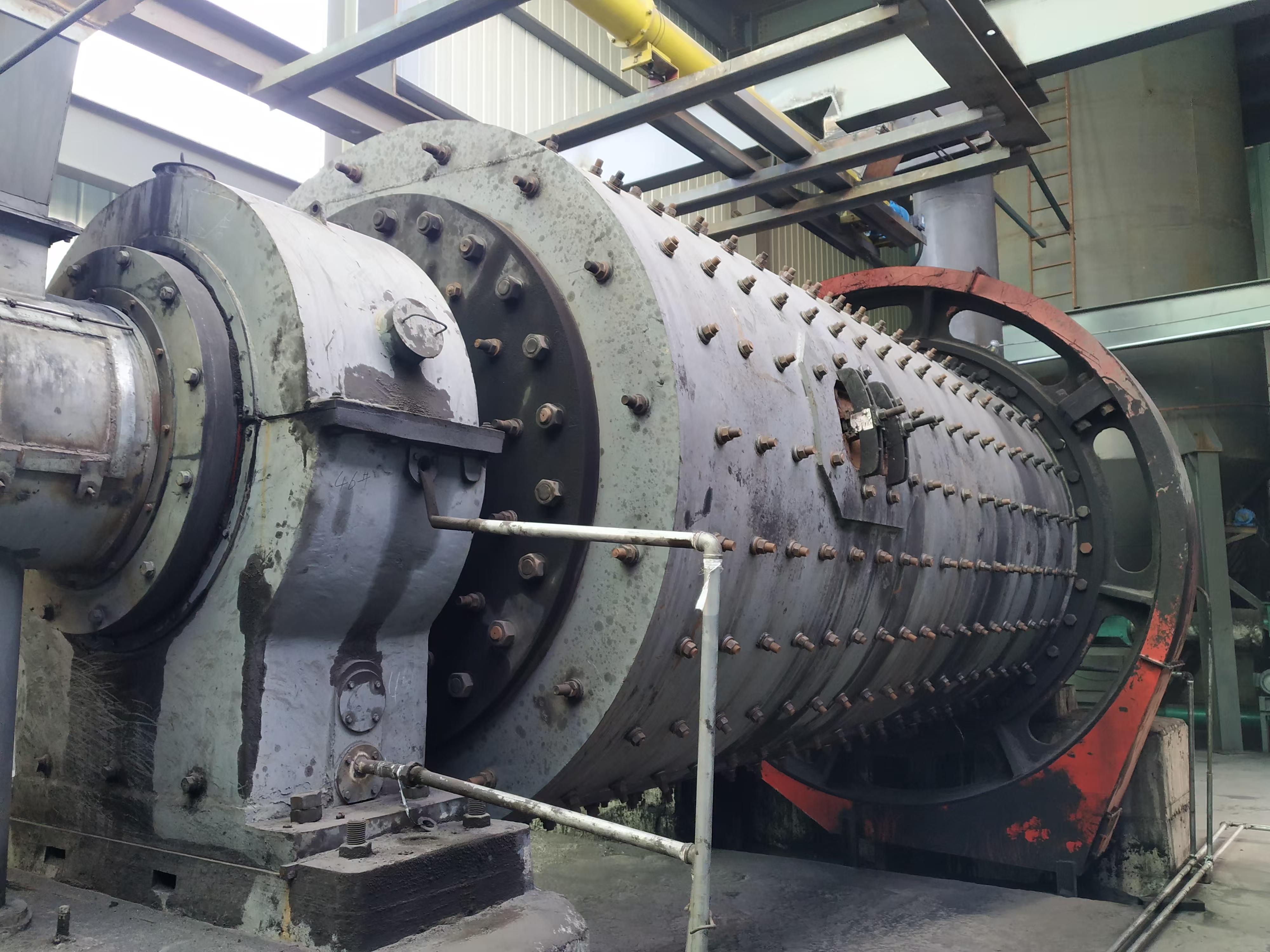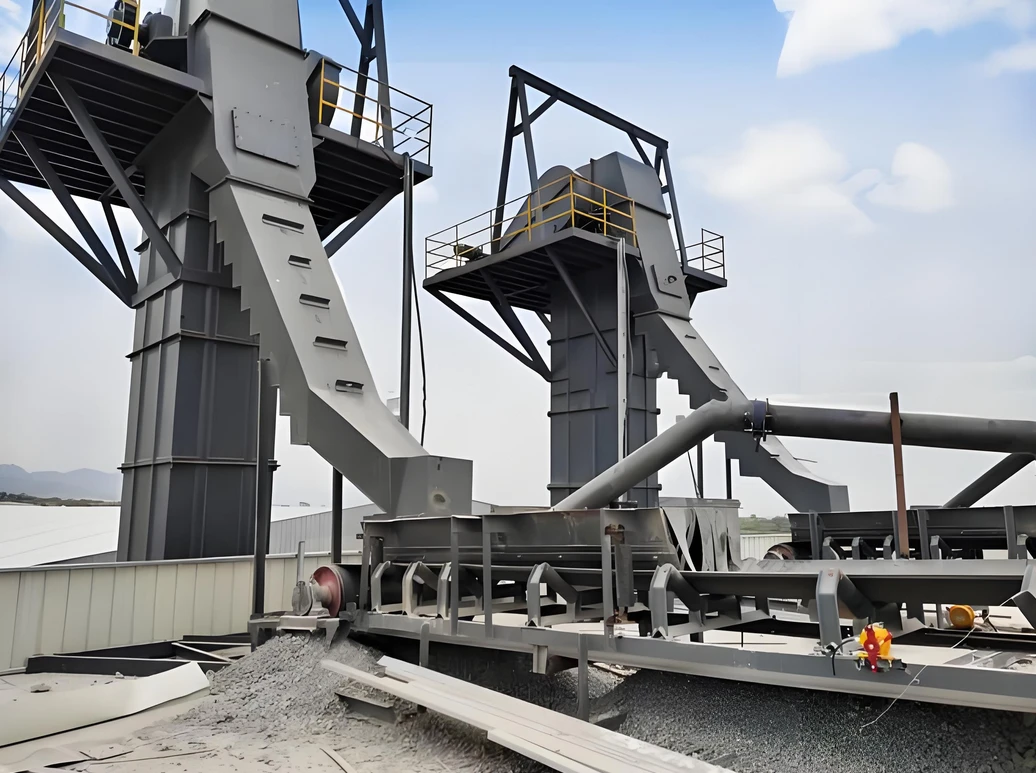1 Ignition operation
Whether it is newly built or put into production after overhaul, ignition will be encountered. Before ignition, the entire firing system should be tested in conjunction to avoid minor equipment failures during feeding, which may cause the preheater system temperature to be too high, the cyclone tube and the feed pipe to be blocked, and other unfavorable working conditions. Whether it is ignited with firewood or diesel. The high-temperature fan damper should be completely closed, and the ignition chimney should be opened appropriately as appropriate to make the kiln head slightly negative pressure state to prevent excessive wind and difficult ignition. When spraying coal powder, the burnout rate of coal powder should be guaranteed as much as possible, and too much should not be sprayed. Coal should be added slowly; and the kiln should be rotated at intervals, and the kiln should be rotated 1/4 each time to avoid bending and deformation of the cylinder. When the temperature reaches above 700℃, the auxiliary transmission continuous kiln should be used, and the high-temperature fan should be started as appropriate, and the damper opening should be adjusted appropriately; when the temperature reaches 900℃, the main transmission kiln can be used. If diesel is used for ignition, the oil pump should not be shut down completely, but the valve opening can be appropriately adjusted; the oil supply can be stopped only after the material reaches the burning zone after feeding. When to add materials should be determined according to the temperature at the end of the kiln and the outlet temperature of the preheater; the initial feeding amount of the kiln should be relatively high, generally not less than 60% of the designed output, and then the feeding amount should be slowly increased, and the feeding range should be small rather than large, until the normal feeding amount; in addition, the operation time at low feeding amount should be shortened as much as possible, because during this period, it is very easy to collapse and cause the preheater system to be blocked.
2 Operation of hanging kiln skin
After changing bricks (here only refers to the burning zone), the kiln should be properly dried, and the temperature should not be increased sharply. Hanging kiln skin first has certain requirements for the raw material composition, especially the amount of liquid phase and the refractoriness of the material. If the amount of liquid phase is large, it is easy to form a kiln skin, but it is also easy to collapse, not firm, and cannot withstand high-temperature calcination; if the amount of liquid phase is small and the material is refractory, it is more difficult to form a kiln skin. The kiln skin after formation is quite firm, but if it collapses, it is not easy to repair. According to our factory's many years of experience, when hanging the kiln skin, it is generally better to use the raw material powder during normal production, which is conducive to the formation of the kiln skin. Because during the calcination process, the kiln skin is a dynamic balance, even if a small part collapses, it is easy to hang it in time, but during the hanging kiln skin, avoid the phenomenon of raw material running and under-burning.
3. Handling of unstable incoming materials
In normal production, the amount of raw material feeding fluctuates, but the fluctuation range is small. However, when there are some problems with the equipment, or the moisture content of the raw material is difficult to control in the rainy season, it is easy for the raw material to clump on the top or wall of the warehouse, causing the material to be unsmooth, there will be a large fluctuation range. In this case, the operator is required to observe and adjust frequently, and have a certain degree of foresight. The amount of material is judged according to the current changes of certain conveying equipment. Take countermeasures in advance to reduce the adverse effects on production, quality and equipment.
(1) When the incoming material is small, do not extend the coal injection pipe, open the exhaust, and stretch the flame. This will cause the temperature at the kiln tail to rise sharply, and the temperature of the decomposition furnace and cyclone will also rise quickly, which will easily cause the cyclone or the feeding pipe to stick or even block. The kiln tail smoke chamber and decomposition furnace are also prone to crusting, and the system resistance will increase. The correct operation method when the material is small is: appropriately withdraw the coal injection pipe, turn down the exhaust, reduce the amount of coal fed to the decomposition furnace and the kiln head, control the temperature of the kiln tail and the cyclone, use short flame rapid burning, and wait for the arrival of materials.
(2) When the incoming material is large, there will be positive pressure at the kiln head, and the temperature of the cyclone outlet and the decomposition furnace and the kiln tail will drop sharply. At this time, the kiln speed should be appropriately reduced, the feeding amount should be reduced, the exhaust should be opened, and the coal injection pipe should be extended. This can increase the temperature at the kiln tail and enhance the pre-burning effect of the material; coal can also be added appropriately, but not too much, otherwise it will create a reducing atmosphere and make the temperature in the kiln lower. When the current of the kiln main transmission motor drops rapidly, the kiln speed should be reduced, the coal injection pipe should be withdrawn, and the exhaust volume should be appropriately reduced. At this time, short flame rapid burning can be used to restore it to normal. When the working conditions in the kiln are normal, add materials again. Do not feed materials to increase the temperature, which will make the operation passive and it is difficult to guarantee the production and quality.




